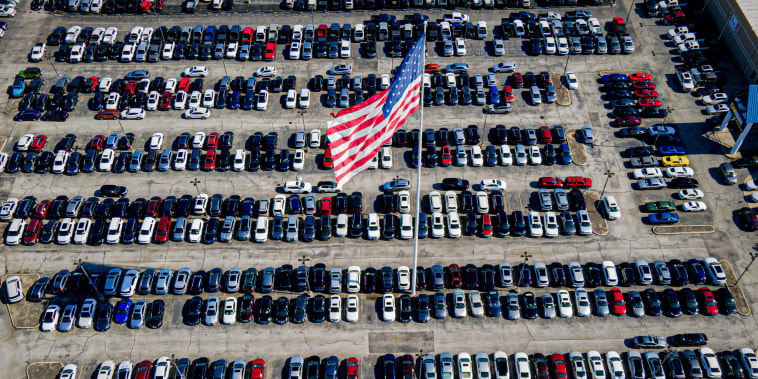It is true: the absolute worst of times for purchasing vehicles has passed. Over the last year, the car market has experienced one of the most significant upheavals in recent memory. Car-crazy customers found themselves in a twisted labyrinth of soaring costs, reduced inventory, and extended waiting periods, largely fueled by the COVID-19 pandemic’s unprecedented disruptions.
Firstly, it’s crucial to examine the factors that led us to dub these times as ‘the absolute worst.’ The global pandemic initiated drastic changes in nearly every industry, and the automotive sector was not immune. The subsequent lockdown led to a halt in manufacturing activities across the globe, leading to limited availability of new cars. People looking to purchase a new vehicle faced plummeting supply levels and jacked-up prices, leading to a tumultuous market.
Furthermore, the growing need for personal mobility during the pandemic, coupled with the substantial shrinkage of available cars, added another layer to the escalating crisis. Restrictions on public transportation led to a boom in used car sales, contributing to the scarcity and driving up prices even further. Additionally, the severe chip shortage, also caused by pandemic-related closures and unexpected demand, hampered automobile production even more.
Another factor that hit the ‘absolute worst’ line on the graph was the struggle to get financing. Lenders tightened their belts and raised their criteria, making it even more challenging for buyers to secure car loans. This restrictive economic situation turned the simple pleasure of browsing a car dealership into a stressful process fraught with worry and uncertainty.
Now, let’s delve into the optimistically changing scenario: how the absolute worst times for car buying are over? Recently, we’ve started witnessing key market shifts; cost inflation stabilizing, relaxed loan regulations, and a significant increase in the car manufacturing rate. These factors have promisingly initiated the transformation to a more favorable market for consumers.
The welcoming news of stable car prices comes from widespread vaccine distribution and an increasing return to normalcy. As the world gradually steps back into everyday routines, the demand-supply equilibrium is recovering, resulting in stabilized market prices. Additionally, lenders are beginning to loosen their purse strings again, making car loans more accessible to the everyday buyer.
Simultaneously, car manufacturers are back in full gear, boosting production rates to meet the market’s demand. Partnerships with semiconductor companies are speeding up recovery from the chip shortage, helping to increase the availability of both new and used vehicles in the market.
Technological advancements are also proving beneficial, with virtual car-buying gaining traction. Prospective buyers can now test drive, inspect, and buy cars from the comfort of their homes, offering a hassle-free alternative to traditional car buying methods.
The retail auto industry has displayed quite a knack for resilience in recovering from a turbulent year. The drift towards a customer-friendly market tides well for potentially rebounding consumer confidence and the overall global economy.
Conclusively, the forecast seems promising, and we can undoubtedly say that the absolute worst of times for car buying are over. Now, as buyers and sellers continue to adjust to the evolving market dynamics, the future of the car buying industry is looking brighter each passing day.




